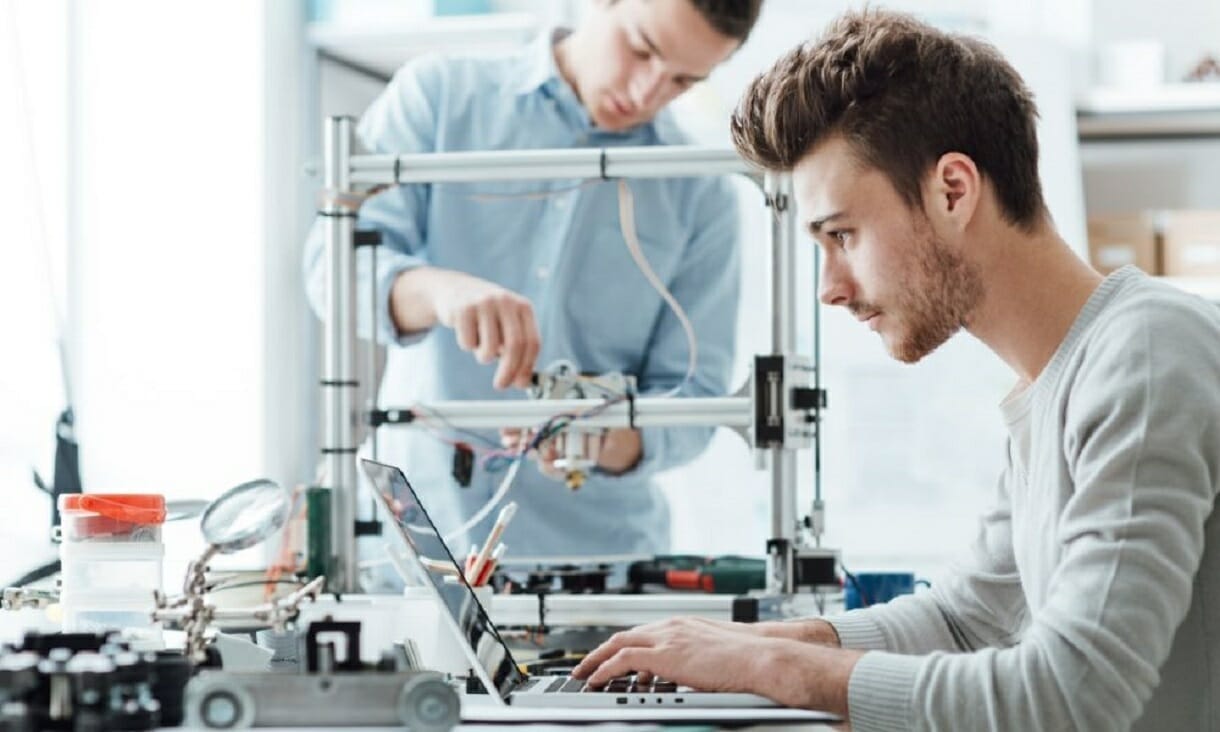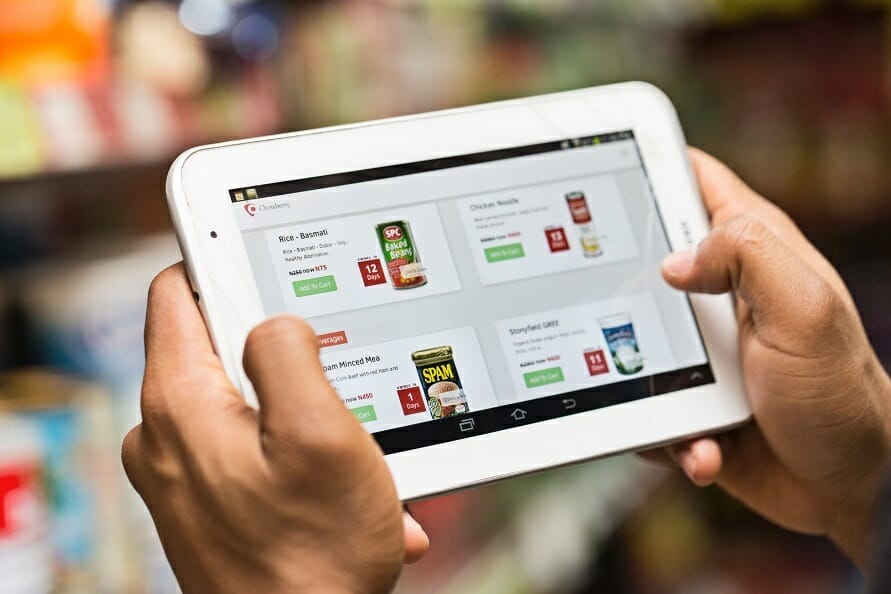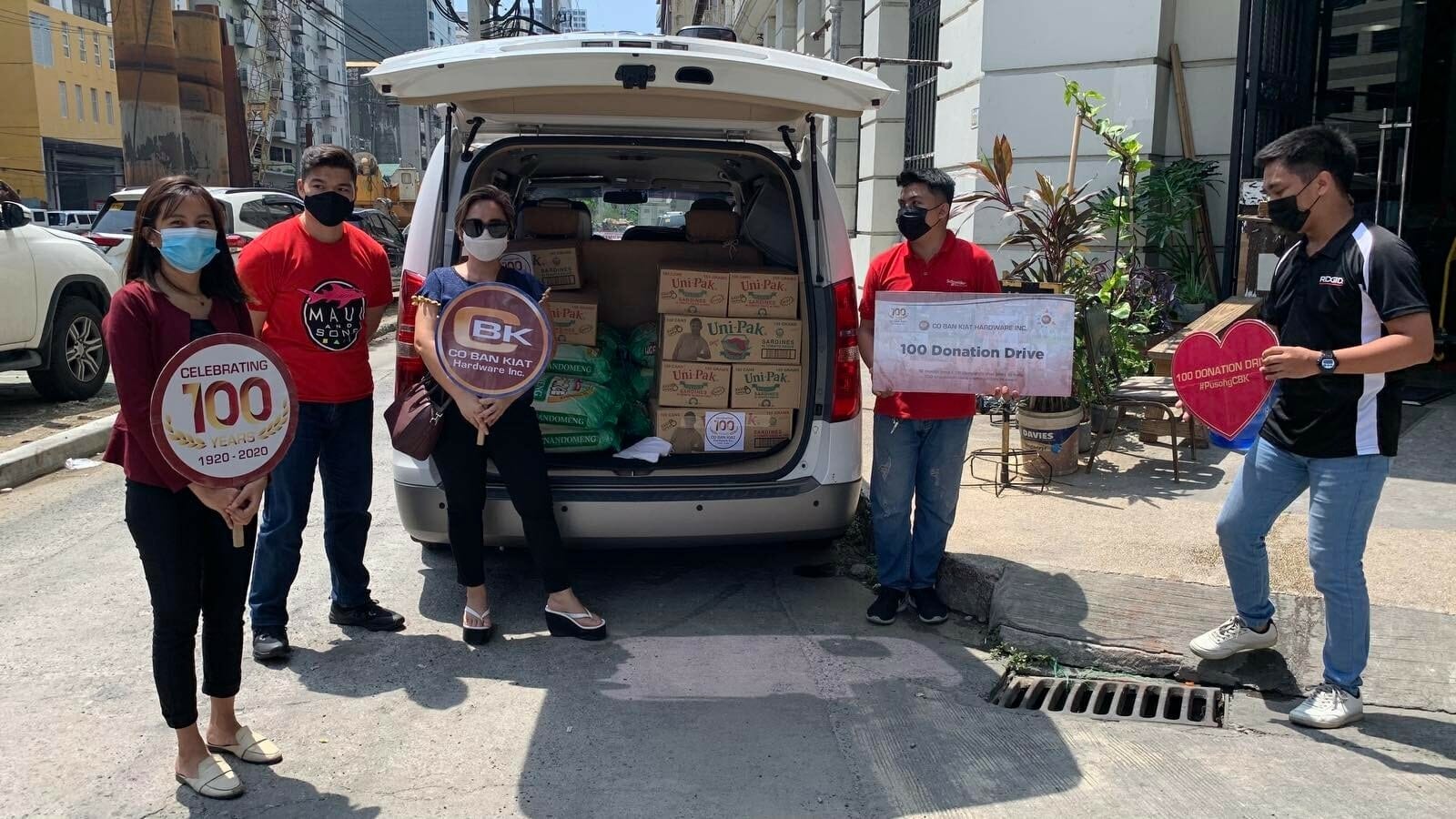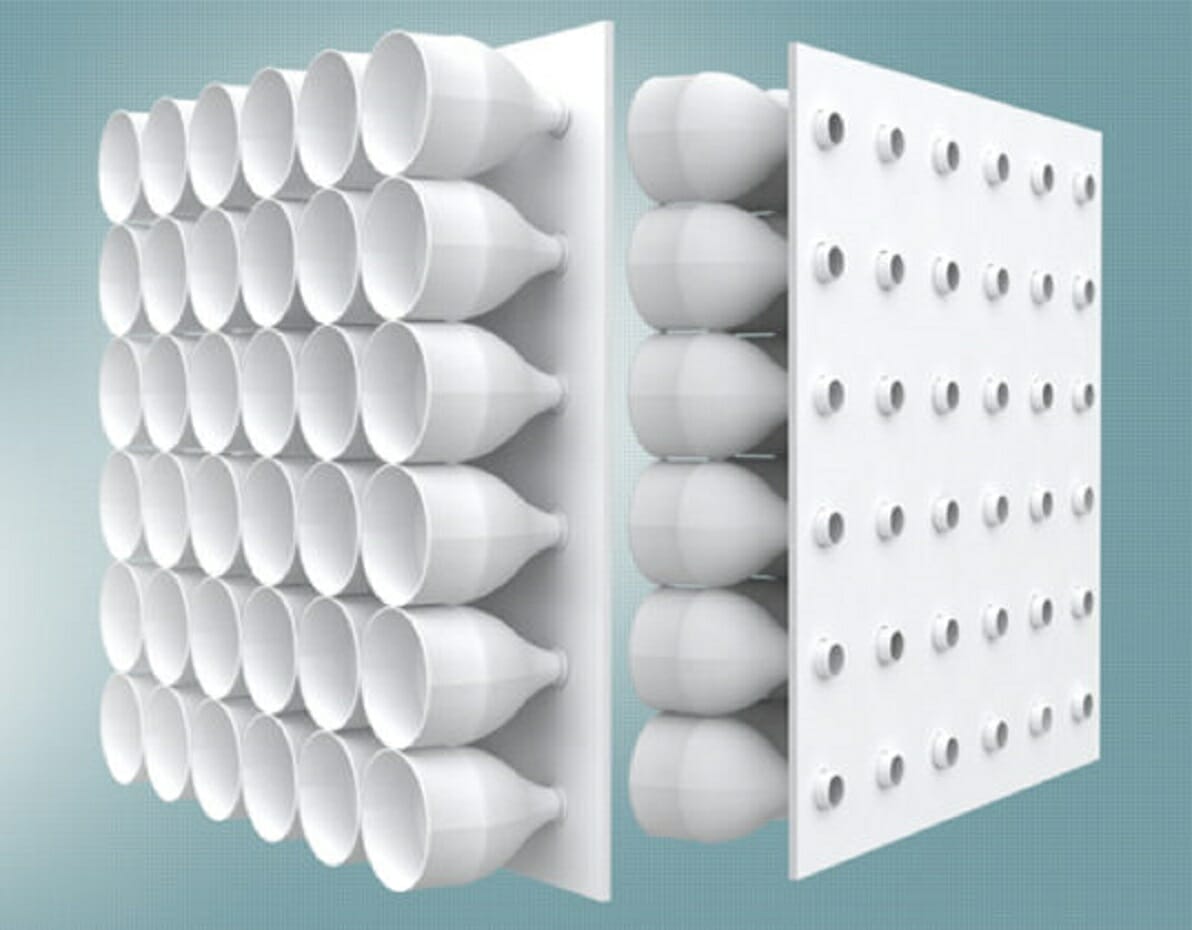This is social good story in the Philippines.
Focused on creating projects that cater to the special needs of the elderly and differently-abled persons, engineering freshmen students, aged 16 to 17, from Central Philippine University in Iloilo City, Philippines showcased their projects in a March 2 exhibit and contest. It is part of their Engineering Design Project course.
One hundred fifteen groups from seven engineering departments – civil, chemical, electronics, electrical, mechanical, software, and packaging – defended their projects in front of a panel that roamed around. From there, only fourteen groups advanced to a project presentation to the final panel, where the best design project winner was chosen.
Listed are the standout design projects from the exhibit.
Wheelchair with installed bicycle mechanism
A group of mechanical engineering students puts an additional device to our regular wheelchairs: a bicycle mechanism. Apart from the conventional wheelchair which can be navigated by its wheels, this wheelchair can cater to crippled persons via handles on the resting hand level. Not only that this kind of wheelchair is navigable, it also promotes physical fitness focused on arm strength.
Photo by Niña Sumergido
The social good wheelchair can run at an average speed of 0.44m/s. For the brakes, the group extended the pre-installed brake system of the wheelchair and added a tension spring. The user can simply push the lever to trigger the brakes.
The added components – the sprocket, the chain set, and the handles – are all parts of a bicycle, which makes this an affordable innovation. If you have a neglected bicycle, you can make use of its parts by placing it on a wheelchair.
Photo by Niña Sumergido
This best design project winner is the brainchild of future mechanical engineers Charles Novo, Mark Bacad, Kemm Jalandoni, Dominic Palomo and Ken Yamagami.
Cane with taser, beeper and flashlight
Canes will never be the same again with this new kind that has a taser, a beeper, and flashlight. Tweaked by electrical engineering students, this cane is for the differently-abled persons who need a walking or balance aid with some security features.
It has a beeper for signalling and emergency purposes that can reach up to 220 feet away, and a flash light that is light-adjustable from dim to bright and can even flicker. Moreover, it has a non-lethal taser at its foot as a self-defense mechanism, and a port and solar charger for the batteries. This new kind of cane is also lightweight.
This cane is a project of Bea Monique Robles, Mycka Murielh Sultan, Mark Vincent Palanca, Mark Denniel Salute, and Franz Tabiolo.
Walker with obstacle detector and vibrating motor
Not your ordinary walker, this project called Ultra-in Walker produced by electronics engineering students has a reliable navigator and an obstacle detector. It has an ultrasonic sensor that can alert a visually-impaired or blind person when there is obstacle in the next meter in front.
The sensor used is an Ultrasonic sensor which is connected to Arduino. The signals sent by the Arduino will then be connected to the motor which will produce vibrations, meaning there is an upcoming obstacle.
Photo by Dion Greg Reyes
It also has features which include the LED lights as a signal to others at night that someone is walking. The walker is also adjustable to accommodate to the users’ height differences.
Future electronics engineers Nellyn Joy Valenzuella, Jules Ivan Saladan, Reius Titus Leu Siroy, Ma. Reena Samantha Tamson, and Vince Darwin Botin generated this idea.
Robotic hand for amputated lower arm and hand
Electronics students Julienne Marie Silvederio, Calvin John Leada, Von Kleo Marcuelo, Wilfred Boron and Laremn Ariel Amena showed off in the exhibit with their robot hand prototype for those who lost one of their lower arms.

It has the capacity to hold, lift, and drop a certain object automatically through a sensor and could carry even a weight of a 500 ml bottle full of water and your smartphone. It has a sensor connected to the circuit with a stopper to provide a quicker response.
It is a perfect aid for hand amputees’ motor activities with only 9 and 10.5 volts DC batteries used.
Mobile application for the mute children
With an interface designed for mute children ages 3 to 6 years old, this mobile application called Speaktoid makes it easier for parents and their mute child to communicate with each other.

Photo by Speaktoid Group
This is essentially a social good app that could let the child talk for him or herself: it has features about what the child wants like playing and watching television, and feels, like being hurt; more so the important daily activities like sleeping, taking a bath, drinking and peeing. It can also express emoticons about what the child feels. More importantly, it has an emergency button.
All these can alert the parent via a speaker from the phone or a text message. This is a good alternative to the communication aids which can be quite expensive.
Speaktoid is a product of software engineering students Jaennelle Arcelon, Pymy Crosia Cainglet, Russel Jade Panes, and Danddie Porras.
Mobile application for general help

Called Aid n’ Care, this project hopes to cater to the elderly and differently-abled persons by making alerts on what they want to do and when there’s an emergency by just a few taps and clicks.
It gives alerts to a designated receiver when the elderly and differently-abled person needs water and food, or feels sleepy or has just woken up, or wants to go the toilet or take a bath. It also has an emergency feature that can warn the medic, the police, the fire department, or the personal helper. All contacts can be customized to the user’s convenience. The mobile application also has GPS that can display the user’s information.
This mobile application is the idea of Lennar de la Puerta, Jeref Floro, Claude Jacob Aparecio, Ivann James Irodestan, and Stewart Portillo.
Social Good in action.
Dion Greg Reyes, Junior Editor of GineersNow, was invited as a judge in the preliminaries. He graduated in the same university with a course in civil engineering.



.JPG?strip=all&lossy=1&w=1160&ssl=1)











